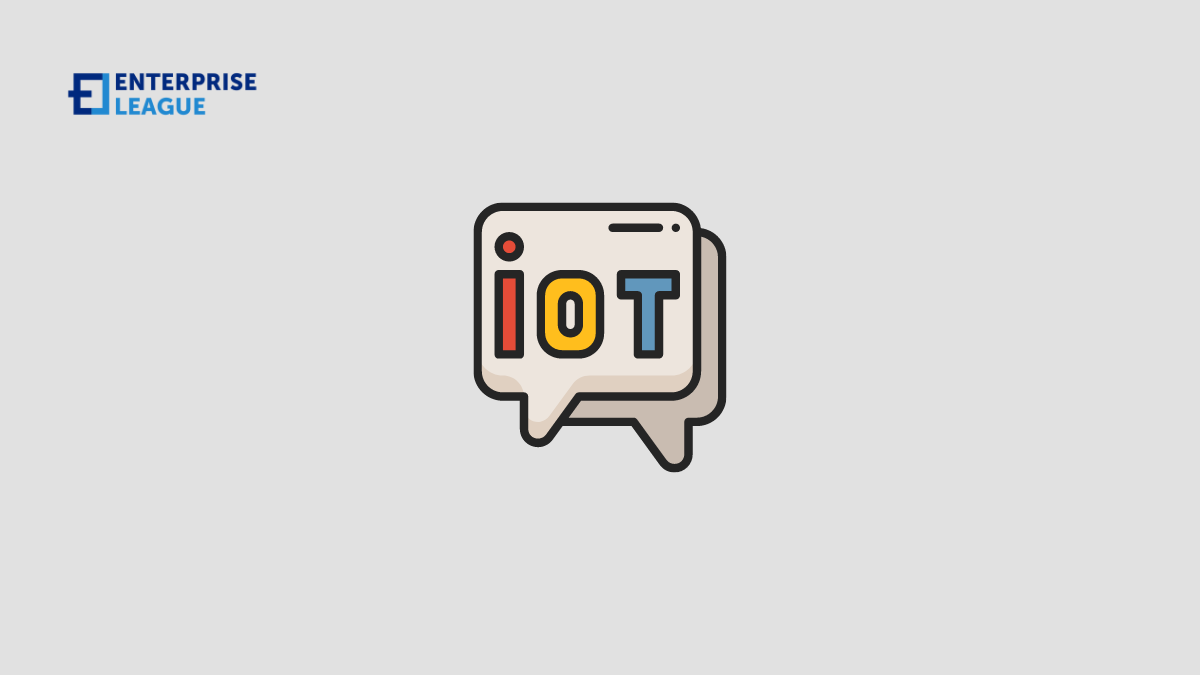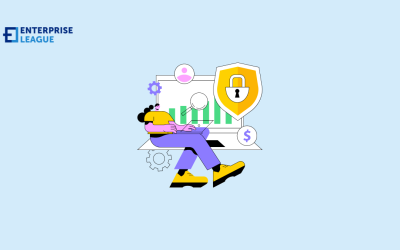For many adults, life circumstances can interrupt education. Work obligations, family responsibilities, or unexpected financial challenges often lead students to put college on hold. Years later, that unfinished degree may still linger as an unmet goal. The...

Pros and cons of an 80 hour work week
Although most full-time employees commit to a 40 hour work week, due to the extra pressures of productivity and efficiency, many companies and individuals resort to an 80 hour work week. A statistical analysis conducted by the OECD found out that there has been a significant increase in the number of working hours from 2014 to 2021. OECD Data also suggests that growing economies like Mexico or Greece demonstrate a bigger number of working hours than most developed countries.
Although working for 80 hours per week might be due to different reasons, both good and bad, it can be said that it is mainly beneficial for growth and increased productivity. When building a company from the ground up, business owners should often think outside the box, and consider unconventional approaches like committing their employees to an 80 hour work week.
How to pull off an 80 hour work week?
For a moment, forget the 40 hour week, and consider an 80 hour work week instead. Also referred to as a 9/80 work schedule, it typically consists of two-week periods where the workers commit to eight nine-hour days and one eight-hour day, with an additional one day off. The most common approach is splitting up a week into four 9 hour days and one 8 hour day divided into two four hour intervals.
Advantages of the 80 hour work week
See why an extended work week might work better for certain countries, industries or company culture. Keep in mind that not every employee will be on board with extra working hours, despite the circumstances.
Better time management
Most managers have trouble organizing the time when creating schedules for their employees. Often they fear that employees will not be able to cover all the essential tasks during the extra day off within the 9/80 work schedule. However, the extended hours make this more manageable than it seems at first glance.
For example, one usual strategy is splitting your team into two, and giving each half a different day off. Some are free on Monday, and the others can take the Friday off. Due to the increased hours, tasks can be delegated more efficiently as well. More complicated tasks can be given on Mondays, and they will be already finished by Wednesday, leaving at least a whole day more of work. As the employees get a day off in this scenario it seems like it is a win-win for both sides.
Better work results
As an 80 hour week implies an extra day off for all the workers, the additional rest can be considered an extra incentive for the team. This allows more personal control over their work schedule. Consequently, they will feel more motivated to complete their tasks, knowing they have a reward at the end of the week. Note that most of the time, increased productivity is the result of the flexibility that this kind of work week allows.
The extra day off will give the employees time to recover, reevaluate their work, and come back more energized the next week. Furthermore, it means that better results can be achieved for all involved, which essentially secures the company’s growth.
Work-life balance
Every business owner needs to juggle two things: company growth and employee satisfaction. When the workers are overworked or dissatisfied it reflects poorly on the business. Thus, employers always need to motivate employees to work better. The key here is work-life balance. That means the company needs to provide the key ingredients that give the employees the impression that they are in charge of their own work and in control of their professional lives.
When employees are working for nine hours per week, they have more time to organize their tasks and finish most within the day. Furthermore, employers guarantee two days off per month, allowing employees to use that time for doctor’s appointments, vacations or even rest.
Disadvantages of the 80 hour work week
Although extended schedules are beneficial for some industries and cultures, they can be detrimental to others. Consider the drawbacks of the extended hours when employing an 80 hour work week. Never commit to an 80 hour work week if it costs you more money or the satisfaction of your employees.
Overworked employees
The 80 hour work week allows for two additional days off during the month, however, it also implies longer working hours during the week. Most likely, dependent on the company culture, the extra working hours can be stressful and eventually overwork the employees. In a typical week, workers finish their job around 4 or 5 o’clock and are done with their tasks almost an hour before their shift ends. In an extended work week, employees will be incentivized to start a new task that will be postponed to the next day or week.
As many countries and work cultures are moving towards reduced working hours, it begs the question of whether it is a smart idea to add additional working hours for your employees. If your projects require additional time and effort, then committing to a 9/80 schedule for a limited period of time might be a smart idea. If your employees are striving for a better work-life balance, then consider lowering the hours.
Small businesses cannot keep up
The modern economy is filled with startups and small companies that are often struggling with funding or have a limited number of employees. The 9/80 work schedule might not be the smartest strategy to employ for small businesses. In these circumstances, small businesses are at a disadvantage, and are better off with a classic 40 hour work week. If, however, a small business owner wishes to experiment with an extended work week, they should consider hiring more employees, or creating smaller teams of efficient workers. As long as the workers aren’t overworked or underpaid, the extended working hours should pose a problem.
Decreased productivity
There are at least two ways your productivity at work can be decreased. Firstly, the companies and customers your business is usually collaborating with might not be working during the extended hours. You will not only lose revenue and general productivity but your employees will be overworked for nothing.
Secondly, it is important to understand the style of work for each employee. Some prefer longer working days and the extra day off, and others prefer shorter and more compact working days. Some work in the mornings and others prefer the evenings. Adding an extra hour or two to their schedules might lead to decreased productivity as most of them will be demotivated or stuck at work without much to do.
Conclusion
Consider the good and bad sides of launching a 9/80 schedule. It can be a cool alternative to the typical 9-5 workday and it can lead to better results. However, for all its advantages, an extended work week might not work for all industries or people. If you are working on large scale projects in academia, consultancy, finance and similar fields maybe your employees can benefit from some added hours. If you are however working in education, healthcare or customer service, longer hours might overburden your employees.
More must-read stories from Enterprise League:
- Things to consider before deciding on a business location.
- 17 warning signs of a terrible boss that everyone should be aware of.
- Level up your business with these crucial entrepreneurial apps.
- Foretelling: transform your business by predicting future trends.
Related Articles
Complete Your Degree, Complete Your Goals: The Long-Term Benefits of Finishing School
Where to Order Custom Office Nameplates
Custom office nameplates play an important role in any workplace. They help create a sense of pride, make positive first impressions, strengthen brand identity and encourage open communication. Desk nameplates also make onboarding smoother by helping new employees...
What Are the Top-Rated Automotive Glove Companies
When you think about automotive work, images of grease, sharp tools and harsh chemicals probably come to mind. Whether you're swapping out tires, detailing a classic car, repairing windshields or towing vehicles on a rainy night, your hands are constantly taking the...
Where Can I Buy Industrial Cleaning Chemicals Online
Cleanliness is essential in any organization. However, some facilities require more than spotless surfaces for workplace safety, compliance and liability mitigation. Industrial cleaning chemicals are necessary for sanitation and disinfection. These specialized...
Pros and Cons of Working Remotely as an Essay Writer
The pandemic totally flipped everything upside down, right? Suddenly, like, millions of people had to figure out this whole work-from-home thing. But essay writers? They've kinda been doing this forever. Coffee shops, couches, random hotel rooms - they were the...
















